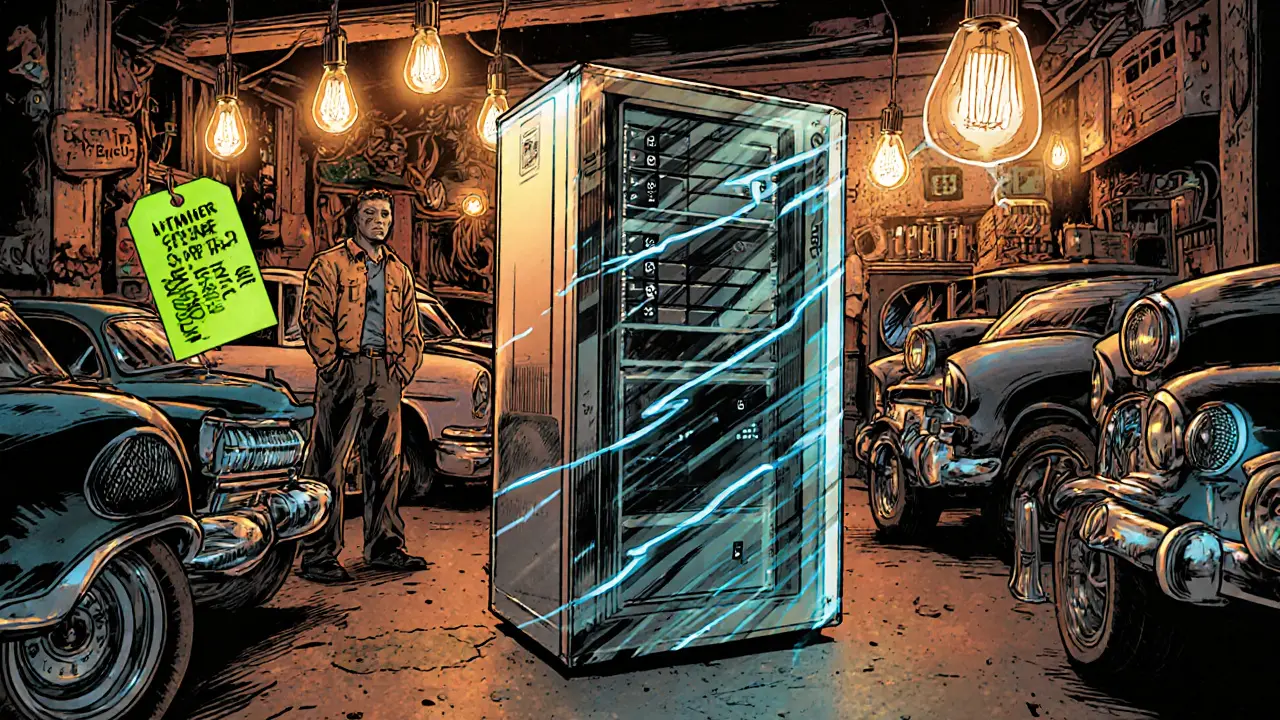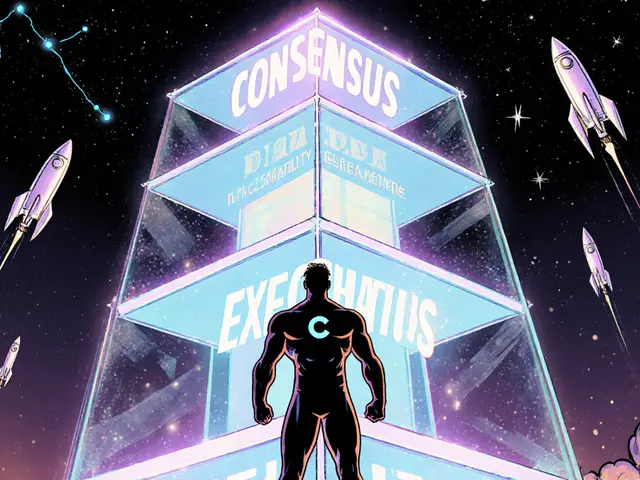Bitcoin ASIC Miners 2025: What’s New and Why It Matters
When working with Bitcoin ASIC miners 2025, the newest generation of application‑specific integrated circuit devices built to mine Bitcoin efficiently in 2025. Also known as 2025 Bitcoin mining rigs, it delivers higher hash rates and lower power consumption than previous models, shaping the next wave of mining operations.
At the heart of any mining rig is the ASIC miner, a purpose‑built chip that performs the SHA‑256 algorithm orders of magnitude faster than general‑purpose hardware. Modern ASIC miners pack more cores onto a single board, pushing the hash rate, measured in terahashes per second (TH/s), to record levels. Higher hash rates give miners a better chance to solve blocks, but they also raise the network’s mining difficulty, the dynamic parameter that keeps Bitcoin’s block time around ten minutes. In short, Bitcoin ASIC miners 2025 encompass cutting‑edge hardware, require massive hash power, and trigger difficulty adjustments that shape profitability.
Key Factors That Define 2025 Mining Success
First, energy efficiency matters more than raw speed. A miner that delivers 150 TH/s while sucking 2,500 W will out‑earn a 200 TH/s device that draws 4,000 W, especially as electricity costs vary by region. Second, cooling solutions have evolved: liquid‑cooled ASICs keep temperatures low, extending chip life and maintaining stable hash rates. Third, firmware updates now include auto‑tuning algorithms that adapt to network difficulty spikes, ensuring the machine stays near optimal performance without manual tweaks.
Supply chain realities also play a role. In 2025, manufacturers stagger releases to avoid silicon shortages, meaning the best‑in‑class rigs often sell out fast. Buyers should watch pre‑order windows, compare warranty terms, and verify the seller’s reputation. A solid warranty can save thousands if a chip fails during the high‑difficulty phase that typically follows a Bitcoin halving event.
Finally, profitability calculators incorporate difficulty trends, hash rate growth, and electric rates. When difficulty rises, the same hash power earns fewer Bitcoins, so miners constantly monitor difficulty forecasts. Tools that factor in the upcoming halving, which cuts block rewards by half, give a realistic view of short‑term cash flow versus long‑term asset appreciation.
Below you’ll find a curated set of articles that dive deeper into each of these topics. From detailed hardware reviews and hash‑rate comparisons to step‑by‑step guides on optimizing energy use, the collection equips you with practical knowledge to decide whether a 2025 ASIC miner fits your strategy. Let’s explore the terrain before you commit to the next big investment.






